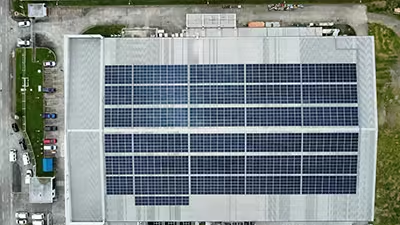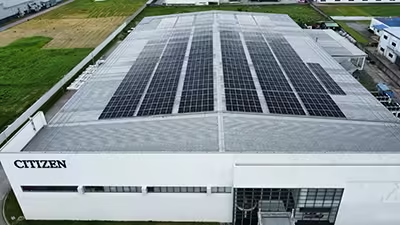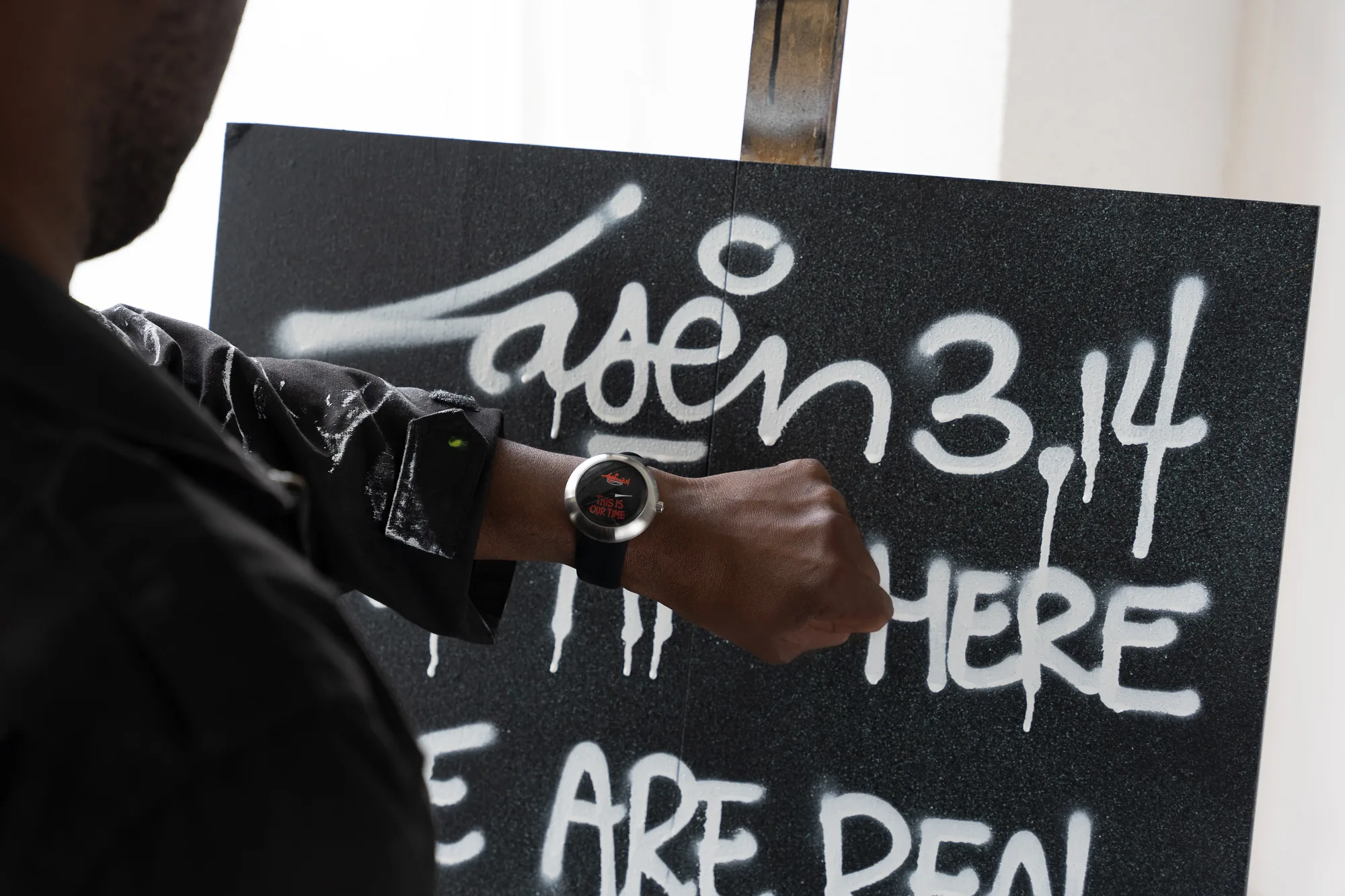

Citizen Finedevice has taken a significant step towards reducing its carbon footprint by installing solar power generation equipment at its factory in the Philippines. This installation is part of the company’s ongoing efforts to combat global warming and contribute to a carbon-free society. The solar equipment became operational in April 2024 and is expected to significantly reduce CO2 emissions.
Impact on CO2 Emissions and Energy Production
The solar panels, covering an expansive area of 5,280 square meters on the rooftop of the Philippine factory, are projected to generate 1,055 MWh of electricity annually. This amount of electricity represents approximately 12% of the factory’s total energy consumption. As a result, the installation is set to reduce CO2 emissions by approximately 751 tons per year.
The Philippine factory, established in 2015, is a key manufacturing hub producing quartz crystal parts and precision measuring instruments for watches and other devices. In addition to the solar power generation, the factory is also focused on reducing CO2 emissions by integrating renewable energy sources and energy-efficient equipment.
Expanding Solar Initiatives Globally
Citizen Finedevice has already installed solar power generation systems at four other factories in Japan and overseas, including the Head Office/Kawaguchiko Factory in Yamanashi Prefecture (2022), Kitamimaki Factory in Nagano Prefecture (2023), and factories in Thailand (Ayutthaya) and China (Wuzhou City) in 2024. The addition of the solar power system at the Philippine factory increases the company’s overall CO2 emissions reduction to approximately 2,069 tons per year.
Looking ahead, Citizen Finedevice plans to expand its solar power initiatives further by installing similar equipment at the Miyota Factory in Nagano Prefecture in June 2025. This continued commitment underscores the company’s dedication to renewable energy and sustainability.
Commitment to a Sustainable Future
Citizen Finedevice remains committed to advancing renewable energy adoption and reducing greenhouse gas emissions throughout its supply chain. By actively collaborating with customers and business partners, the company aims to contribute to a sustainable society and work towards a carbon-neutral future.







